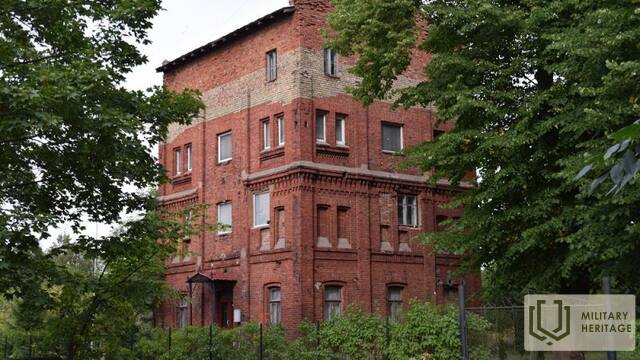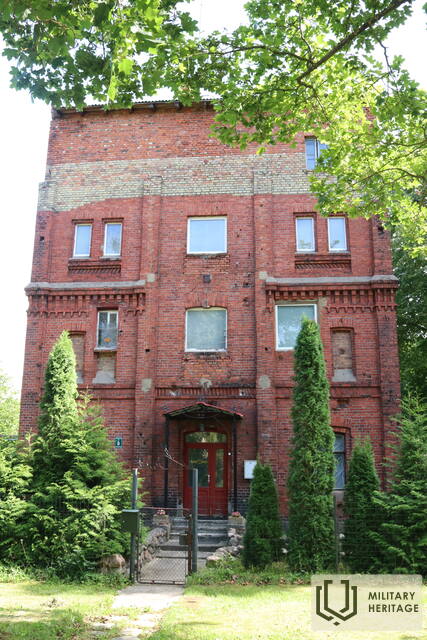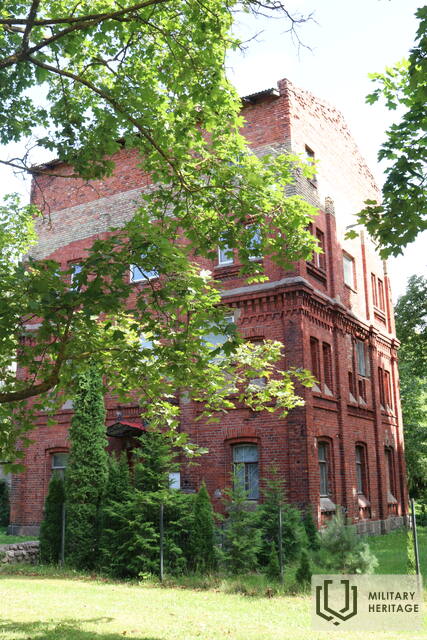Karvelių pašto jūrų stotis Karostoje Infrastruktūra


 121
121






Buvusi karinio jūrų laivyno balandžių stotis Nr. 2 – iš tikrųjų veisimo stotis – yra Karostoje, Pulkveža Brieža gatvėje 6. Ji buvo pastatyta 1899–1900 m. ir buvo skirta apgyvendinti apie 450 pašto balandžių – sparnuotųjų karių. Vėlesniais metais pastatas buvo pertvarkytas į butus, todėl išliko tik raudonų plytų pastato korpusas. Kita pašto balandžių stotis, Nr. 1, kuri neišliko, buvo skirta 750 sausumos karių naudojimui ir buvo įsikūrusi Atmodas bulvaro šiauriniame gale.
Pašto balandžiai buvo paprastas, greitas ir patikimas būdas užtikrinti ryšį tarp kranto ir laivų jūroje. Nors radijo telegrafas, kaip moderni ryšio priemonė, tuo metu jau buvo plačiai naudojamas, balandžių naudojimas buvo laikomas saugesniu – priešas galėjo perimti pranešimą tik perimdamas patį pašto balandį. Pašto balandžiai judėjo vidutiniu 60 km per valandą greičiu, tačiau palankiomis vėjo sąlygomis jie galėjo judėti iki 100 km per valandą greičiu. Balandžius reikėjo specialiai paruošti ir apmokyti, todėl su jais elgtis reikėjo atsargiai ir kantrybės. Pašto balandžio ryšys veikė per paukščių gebėjimą grįžti į savo namų narvelį. Kai paukštis buvo perkeltas į kitą vietą – balandžių stotį, paleidimo ir paleidimo punktą – ir paleistas su pranešimų kapsule, mažasis pasiuntinys grįždavo į savo namų narvelį. Siekiant užtikrinti ryšį tarp dviejų balandžių stočių, kiekvienoje reikėjo laikyti tam tikrą skaičių paukščių, kurie buvo užaugę korespondento ryšio, arba pašto balandžių, stotyje. Kiekvienais metais balandžiai dalyvaudavo įvairiuose manevruose ir varžybose. Taip pat po Latvijos nepriklausomybės, nuo 1920 iki 1940 m., Liepojoje buvo įsikūrusi Latvijos armijos Kuršo divizijos pašto balandžių stotis, kuri galėjo susisiekti tiek su Ryga, tiek su Daugpiliu. Tarpukariu į Latvijos teritoriją taip pat atklydo pašto balandžiai iš Vokietijos, Lenkijos, Lietuvos, Suomijos ir Estijos. Balandžiai iš Latvijos staiga buvo aptikti ir kaimyninėse šalyse.
Pastatas per daugelį metų buvo kelis kartus perstatytas ir dabar yra gyvenamasis pastatas. Tačiau išskirtinė pastato forma, pastatyta iš raudonų plytų, būdingų seniesiems Karostos pastatams, vis dar aiškiai matoma iš išorės.
Susijusi laiko juosta
Susijusi istorija
Sparnuoti kareiviai
XX amžiaus pradžioje pašto balandžiai buvo plačiai naudojama bendravimo priemonė.
Karostos unikalaus karinio objekto istorija
Jau daugelį metų nepastebėjau jokio nuolatinio Senosios Liepojos gyventojų susidomėjimo unikaliomis vietomis, esančiomis vos už aštuonių–dešimties kilometrų į šiaurę nuo miesto centro. Tačiau miško tankmėje, kopų šlaite ar pelkių takuose pasislėpusios istorinės Karostos vietos yra ne mažiau įdomūs istoriniai faktai ir istorijos, vertos seniai pamirštų legendų. Viena iš jų – buvusi 23-oji SSRS pakrantės artilerijos baterija – ir bus šio pasakojimo tema.









